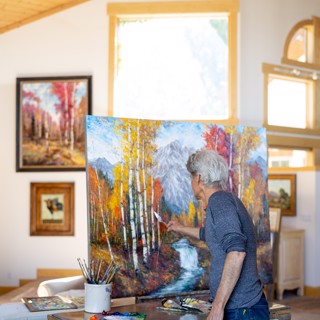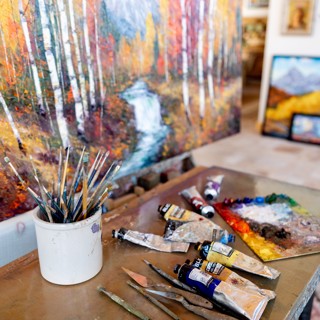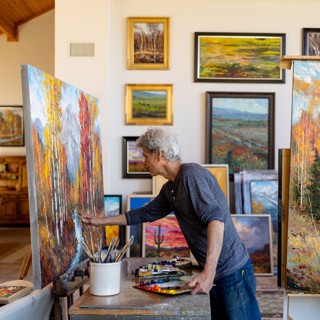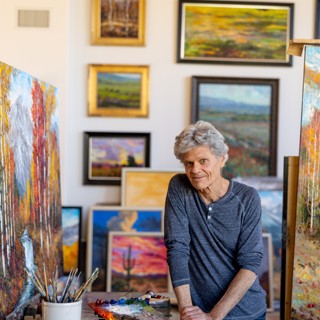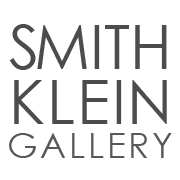Texture, Memory and Time
Article by Tony Firestine
Photography by Danielle Waters
Utah-based painter Dean Bradshaw didn’t follow a straight line into fine art—and that unconventional path shaped the way he sees and paints the world. Born in California, he earned an art scholarship to the Art Center in Los Angeles but chose to pursue a career in medicine at UCLA instead. Not long before starting dental school, he reconsidered his decision.
This opened an unexpected door. An acquaintance introduced him to a master furniture craftsman in Beverly Hills. He apprenticed there and eventually built a high-end, large-scale furniture business in Utah. Even with its success, the work never felt like his final destination.
Even during those years, painting never completely left his life. “I always kept my toe into it, and I would do a painting here and there,” he says. By 2008, during the recession, he returned to art full-time, surprised to find buyers still eager for original work at a time when finances were unstable for so many.
Today, Bradshaw is known for his oil landscapes, which he creates with a palette knife. This gives his paintings their unmistakable physicality. Thick paint, movement you can feel, and colors that seem to hum beneath the surface are all part of his visual language.
Bradshaw spent years driving and hiking to find the right compositions. “I did spend years plein air painting, which I think is pretty essential to really pick up the feel of the landscape,” he explains. Although he doesn’t battle the elements as much as he used to, decades of outdoor work left their mark. He rarely relies on reference photos beyond the occasional memory jog. Instead, he composes scenes from instinct and experience. “I think that's a natural progression,” he explains. “You acutely memorize the elements of art in a landscape…like how values work, how things get cooler and grayer as they go back, and what color the sky is with these kinds of clouds, or another type of cloud…You just innately learn those things after doing probably a thousand paintings.”
That interplay of abstraction and clarity is part of why SmithKlein Gallery in Boulder has become one of his most important and enduring partners. The relationship dates back more than 15 years, having been sparked when his daughter brought one of his small works into the gallery.
